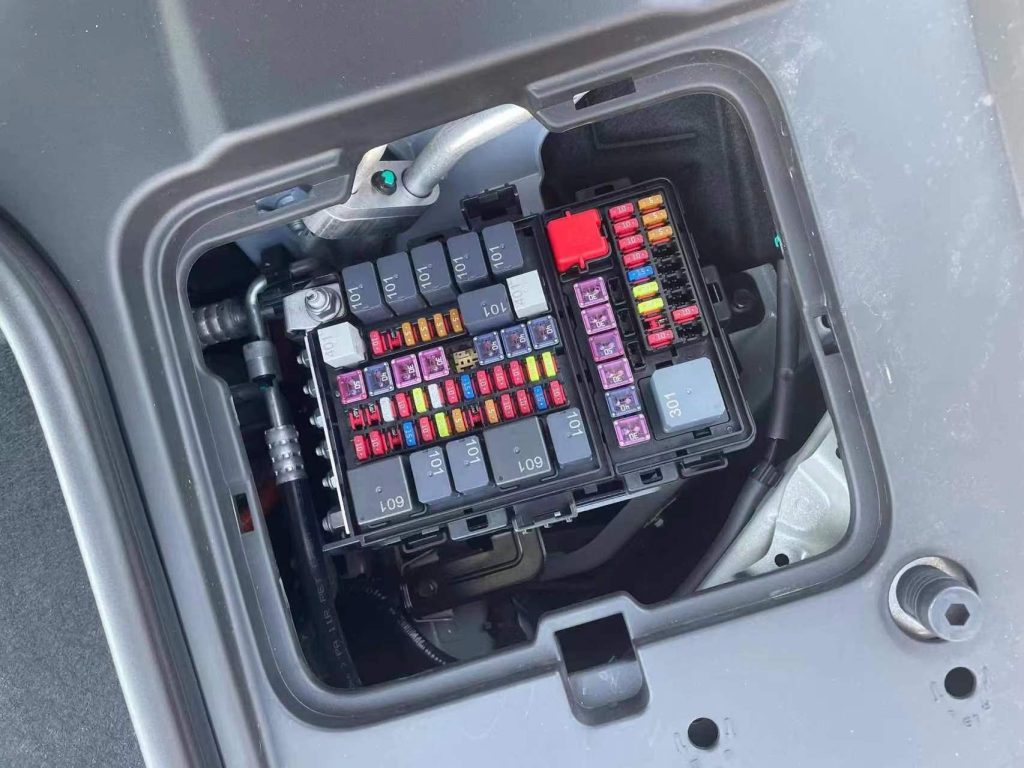Relay demonstrations are pivotal educational tools that provide a hands-on understanding of the principles of automation and electrical control systems. Through these demonstrations, individuals, whether students or professionals, can gain insight into the functionality, mechanics, and applications of relays, which are integral components in various industries. This article delves into the significance of relay demonstrations, exploring their role in education, industrial applications, and their influence on the advancement of automation technology.

What is a Relay? Before diving into relay demonstrations, it is essential to understand what a relay is. A relay is an electrical switch that allows a low-voltage circuit to control a higher-voltage circuit. It consists of an electromagnet, an armature, and a set of contacts that open or close when a current passes through the electromagnet. This action allows a relay to perform a variety of tasks such as turning on lights, controlling motors, or managing complex machinery processes. In essence, relays act as bridges between control circuits and power circuits, enabling safe and efficient operations.